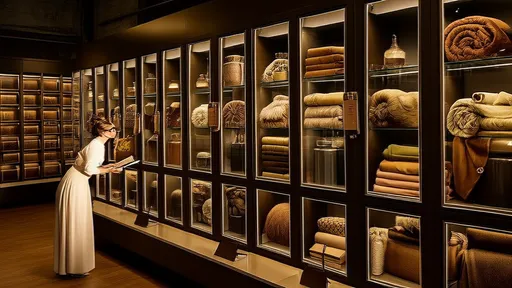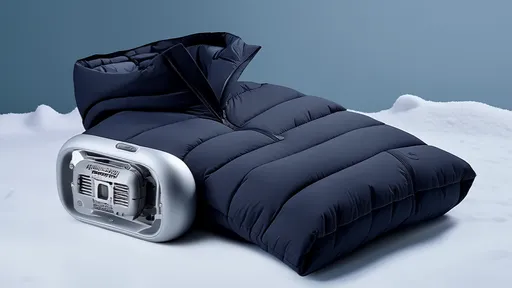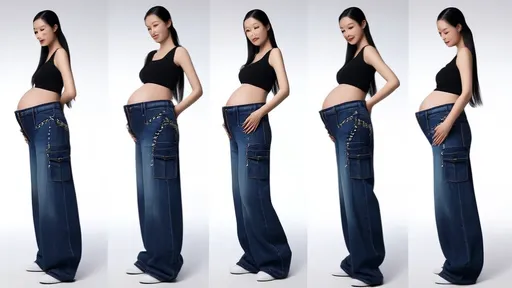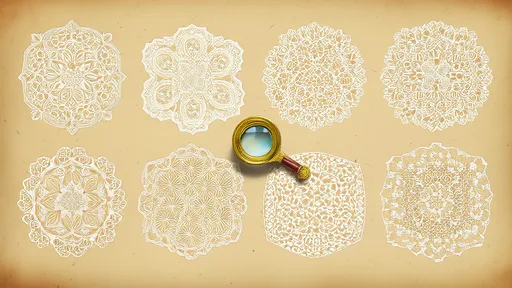In an era where fashion and sustainability increasingly intersect, a revolutionary concept is taking the luxury world by storm: shared haute couture platforms that allow everyday consumers to wear million-dollar designs for a fraction of the cost. This innovative model is democratizing high fashion, making it accessible to those who once could only dream of donning garments from elite designers.
The idea is simple yet transformative. For as little as a hundred dollars, fashion enthusiasts can now rent exquisite pieces that would typically cost hundreds of thousands to own. These platforms operate much like high-end libraries for clothing, where members can borrow stunning creations for special occasions or even everyday wear, depending on their subscription level.
What makes this concept particularly compelling is its dual benefit. On one hand, it satisfies the growing consumer desire for variety and exclusivity without the environmental guilt of fast fashion. On the other, it provides designers with a new revenue stream and greater exposure for their creations. The traditional haute couture market, which typically serves only about 4,000 clients worldwide, suddenly finds itself accessible to millions.
The logistics behind these platforms are fascinating. Each garment is meticulously cared for by professional teams who ensure proper cleaning, storage, and maintenance. Advanced tracking systems monitor the lifecycle of every piece, from the number of wears to any necessary repairs. This attention to detail maintains the integrity of these luxury items while allowing them to be enjoyed by multiple wearers.
Designers initially met the concept with skepticism, fearing it might dilute their brand exclusivity. However, many have since embraced the model, recognizing it as a way to reach new audiences and test designs with diverse body types before committing to full production. Some houses now create exclusive pieces specifically for these sharing platforms, effectively creating a new category between haute couture and ready-to-wear.
The environmental impact cannot be overstated. The fashion industry produces about 10% of global carbon emissions and nearly 20% of wastewater. By maximizing the use of each garment, shared couture platforms significantly reduce the need for constant production of new items. A single haute couture dress shared among fifty women eliminates the need for forty-nine other dresses to be made and eventually discarded.
Customer experiences reveal the emotional power of this concept. Many users report feeling transformed when wearing these extraordinary creations, describing the experience as artistic and deeply personal. The ability to wear a masterpiece, even temporarily, fulfills creative fantasies and provides inspiration that lasts long after the garment is returned.
The business model continues to evolve, with some platforms offering additional services like virtual styling consultations, alteration credits to ensure perfect fit, and even opportunities to meet the designers. Others are experimenting with blockchain technology to authenticate pieces and track their provenance, adding another layer of luxury appeal.
As the sharing economy matures, its application to high fashion seems both inevitable and revolutionary. What began as a niche service for fashion-forward urbanites is rapidly gaining mainstream acceptance. The success of these platforms suggests we may be witnessing the early stages of a fundamental shift in how we relate to clothing and luxury - one that values experience over ownership, sustainability over excess, and accessibility over exclusion.
The implications extend beyond fashion. This model challenges our deepest assumptions about luxury and ownership in the 21st century. If million-dollar designs can be enjoyed by many rather than owned by few, what other exclusive experiences might follow suit? As these platforms grow and refine their offerings, they're not just changing wardrobes - they're redefining the very meaning of luxury in our contemporary world.

By /Jul 16, 2025

By /Jul 16, 2025

By /Jul 16, 2025

By /Jul 16, 2025

By /Jul 16, 2025

By /Jul 16, 2025

By /Jul 16, 2025

By /Jul 16, 2025

By /Jul 16, 2025

By /Jul 16, 2025

By /Jul 16, 2025

By /Jul 16, 2025

By /Jul 16, 2025

By /Jul 16, 2025

By /Jul 16, 2025

By /Jul 16, 2025

By /Jul 16, 2025

By /Jul 16, 2025